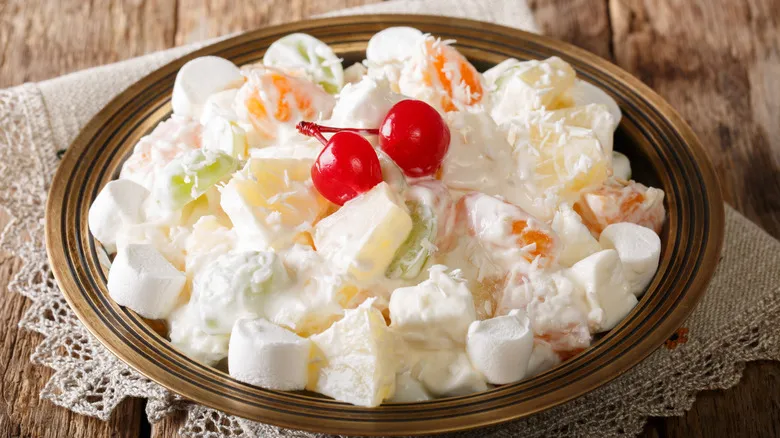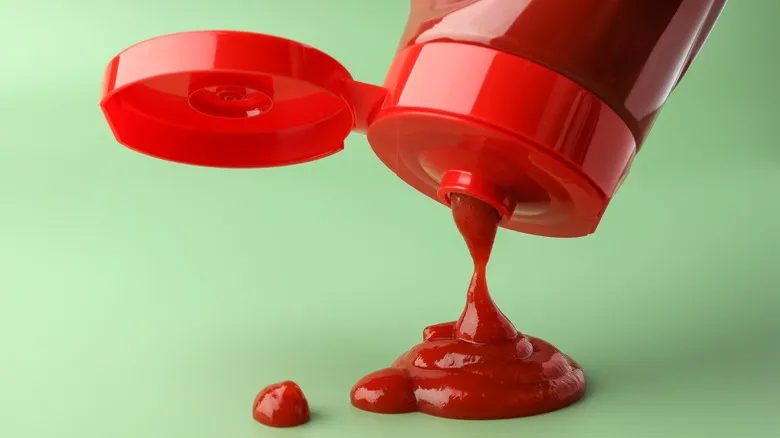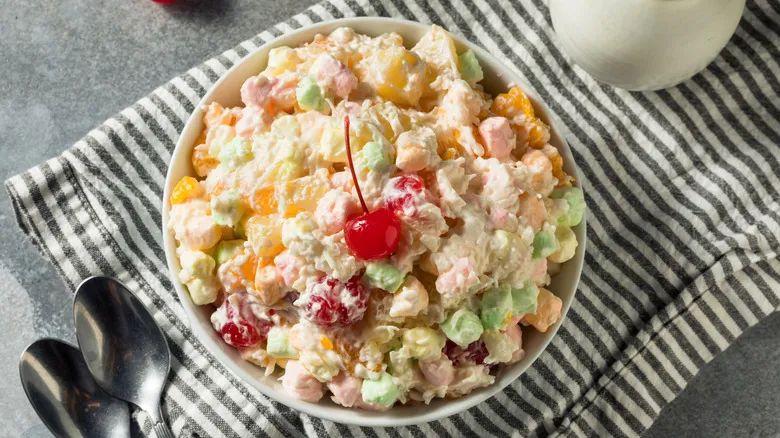How ambrosia salad rose and fell

While no single individual is credited with the invention of ambrosia, it is believed to have emerged in American kitchens around the 1860s, likely originating in the South. The original recipe was quite simple, typically consisting of just orange, coconut, and sugar, with pineapple sometimes substituting for the orange. Some purists argue that this traditional method is the only acceptable way to prepare the dish, rejecting additions like marshmallows and sour cream. As the 20th century approached, various cooks began incorporating ingredients such as whipped cream and other fruits, transforming ambrosia into more of a fruit salad; marshmallows likely made their appearance a few decades later.
As tropical and seasonal fruits became more accessible and specialized machines made coconut processing easier, ambrosia became popular among the middle class. Despite its Southern roots, the dish gained traction across the country and evolved into a holiday staple in the South, often served during Christmas dinner, though the reasons for this tradition remain unclear. Over time, ambrosia's popularity waned, and it developed a reputation as a quirky, retro dish. There isn't a single explanation for this decline; some believe it was simply an unusual mix of ingredients, while others found it unappealing, especially as more unconventional additions like Jell-O and cream cheese began to appear. Nevertheless, ambrosia has not completely disappeared from American cuisine and continues to be regarded as a Christmas classic in the South.
Recommended

How To Substitute Ketchup For Tomato Sauce

The Fresh Herbs That Pair Perfectly With Chocolate Dishes

The Best Costco Pastry Is Made Fresh Every Day

Gordon Ramsay's Tip For Adding Dried Pulses To Soups And Stews Is A Bit Controversial
Next up





